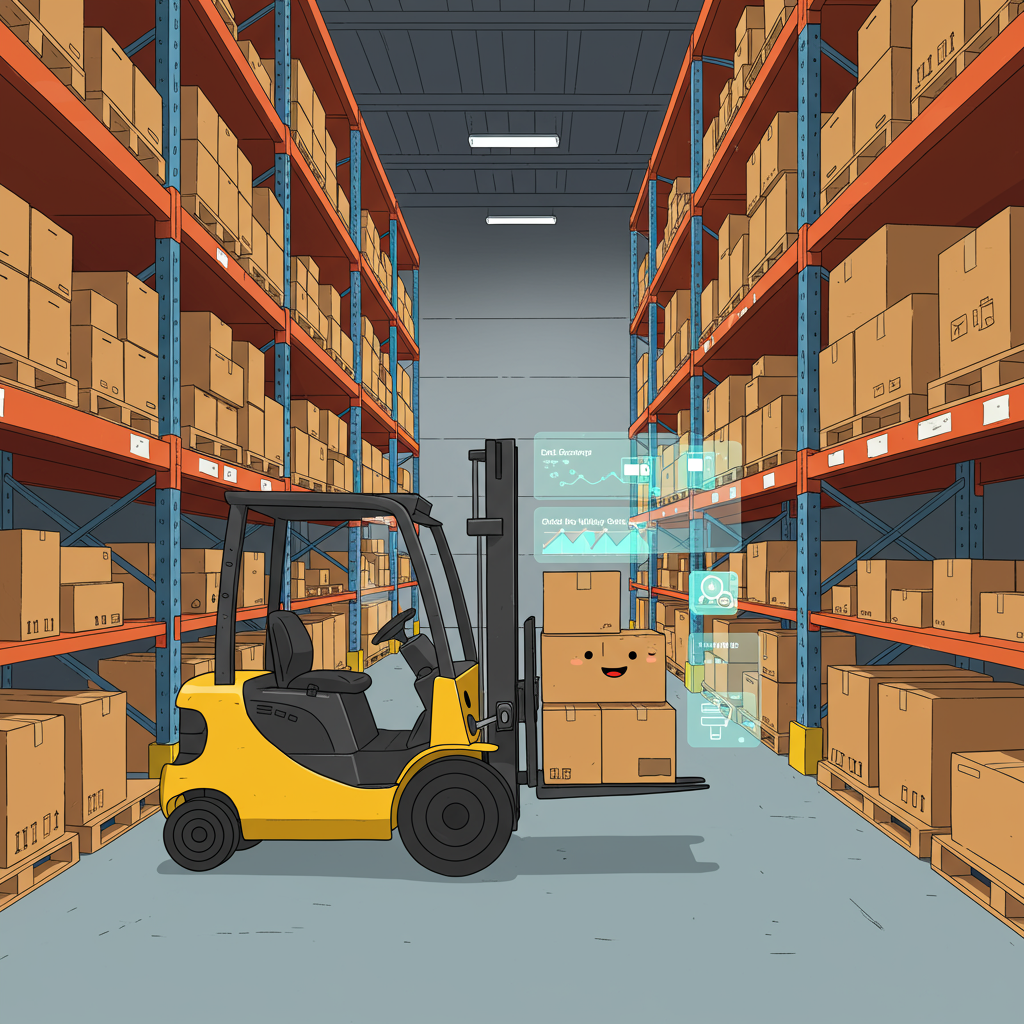From Overwhelmed to Optimized: How I Found the Right Logistics Partner to Scale My E-commerce Business
As a Shopify merchant, I know firsthand the exhilarating rush of a successful product launch, the satisfaction of a growing customer base, and the sheer terror of a sudden surge in orders.
For a long time, I handled all my fulfillment myself. My spare room became a mini-warehouse, my evenings were spent packing boxes, and my weekends were dedicated to post office runs.
It was manageable at first, but as my business grew, it became clear that this wasn’t sustainable. I was spending more time on logistics than on product development, marketing, or customer engagement.
That’s when I realized I needed help. I needed a Third-Party Logistics (3PL) provider. But what exactly is a 3PL, and how do you choose the right one for your Shopify store?
Simply put, a 3PL is an external company that manages various aspects of your supply chain, including warehousing, inventory management, order fulfillment (pick, pack, and ship), and sometimes even returns.
My journey into the world of 3PLs was a steep learning curve, but it ultimately transformed my business. I want to share my insights to help you navigate this crucial decision.
The primary benefit I experienced was significant time savings. Delegating fulfillment freed me up to focus on strategic growth initiatives, which is where my passion truly lies.
Another huge advantage was cost efficiency. 3PLs operate on economies of scale, meaning they can often secure better shipping rates and manage warehousing more efficiently than an individual merchant.
Scalability is also paramount. During peak seasons or unexpected sales spikes, a good 3PL can handle increased order volumes without missing a beat, something I struggled with immensely on my own.
They also bring expertise. From navigating complex international shipping regulations to optimizing warehouse layouts, 3PLs are specialists in logistics, a field I was merely dabbling in.
Ultimately, this translates to improved customer satisfaction. Faster, more reliable shipping and professional packaging directly enhance the customer experience, leading to repeat business and positive reviews.
So, how did I go about choosing the right 3PL? My first and most critical consideration was Shopify integration.
A seamless integration means orders flow automatically from your Shopify store to the 3PL’s system, and tracking information is automatically updated back to your customers. This is non-negotiable for efficiency.
Next, I looked at their location and network. Having warehouses strategically located closer to my customer base meant faster delivery times and potentially lower shipping costs.
Pricing structure was another major factor. I learned to scrutinize quotes carefully, looking beyond just the ‘pick and pack’ fee. Storage fees, receiving fees, kitting fees, and return processing fees can add up quickly.
Transparency is key here. I sought providers with clear, predictable pricing models, avoiding those with too many hidden charges or complex calculations.
The technology and software offered by the 3PL were also vital. I needed a robust Warehouse Management System (WMS) that provided real-time inventory visibility and detailed reporting.
Good customer service and communication were equally important. I wanted a partner who was responsive, proactive, and ideally, offered a dedicated account manager.
I also considered their specialization. If you sell fragile items, oversized products, or require specific handling (like cold storage), ensure the 3PL has experience and capabilities in those areas.
Their ability to scale with my business was a long-term concern. Could they handle my current volume, and more importantly, could they accommodate significant growth in the future?
Returns management is often overlooked but crucial. An efficient reverse logistics process can save you a lot of headaches and maintain customer loyalty.
Finally, I thoroughly checked their reputation and reviews. What were other Shopify merchants saying about their experiences? Online reviews, case studies, and direct references were invaluable.
Some of the top contenders I explored, and that are widely recognized in the Shopify ecosystem, include ShipBob, known for its strong tech and distributed network, and Deliverr (now part of Flexport), which focuses on fast shipping guarantees.
Red Stag Fulfillment stood out for its accuracy guarantees and handling of larger, heavier items, while ShipHero offered robust software solutions for more complex operations.
My advice is to define your specific needs first: your average order volume, product types, budget, and desired shipping speeds. Then, request detailed quotes from at least three different providers.
Don’t be afraid to ask tough questions about their integration process, Service Level Agreements (SLAs), and how they handle exceptions or issues. A pilot program with a smaller batch of inventory can also be a smart way to test the waters.
What are your thoughts on this guide, and what challenges have you faced with fulfillment in your own e-commerce journey?
Transitioning to a 3PL can feel daunting, but with careful research and a clear understanding of your needs, it can be one of the best decisions you make for your Shopify store’s growth and your own peace of mind.
It allowed me to reclaim my spare room, my evenings, and my focus, ultimately enabling my business to thrive beyond what I could have achieved on my own.






